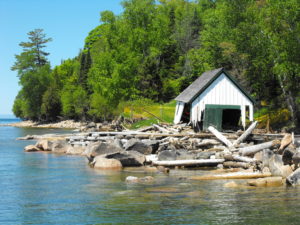Ohio EPA addresses Petmin project questions
Ohio residents voiced concerns about potential water pollution, air pollution and air quality Thursday night during an Ohio Environmental Protection Agency webinar addressing the issuance of a draft air pollution permit for a proposed pig iron plant in Ashtabula Harbor. Read the full story by the Star Beacon.
Great Lakes Commission
https://www.glc.org/dailynews/20200508-iron

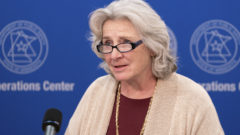


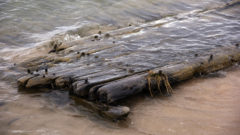
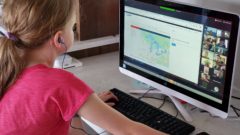
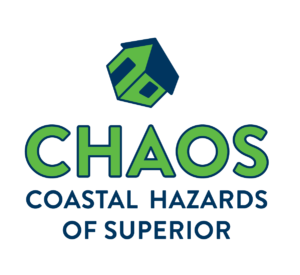 Information provided by Melanie Perello, Minnesota Department of Natural Resources
Information provided by Melanie Perello, Minnesota Department of Natural Resources